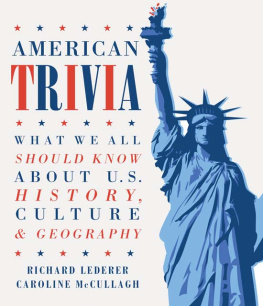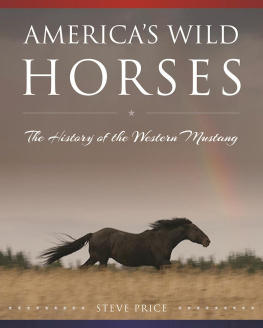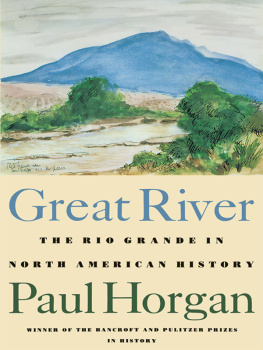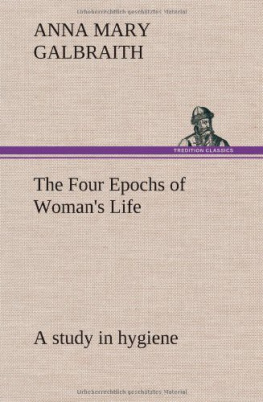INTRODUCTION
Table of Contents
(Voyages of Discovery and Early Explorations.)
Schoolboys have been taught from their earliest years that Columbus discovered America. Few events in prehistoric times seem more probable now than that Columbus was not the first to discover it. The importance of his achievement over that of others lay in his own faith in his success, in his definiteness of purpose, and in the fact that he awakened in Europe an interest in the discovery that led to further explorations, disclosing a new continent and ending in permanent settlements.
The earliest voyages to America, made probably from Asia, led to settlements, but they remained unknown ever afterward to all save the settlers themselves, while those from Europe led to settlements that were either soon abandoned or otherwise came to nought. Wandering Tatar, Chinese, Japanese, Malay, or Polynesian sailors who drifted, intentionally or accidentally, to the Pacific coast in some unrecorded and prehistoric past, and from whom the men we call our aborigines probably are descended, sent back to Asia no tidings of what they had found. Their discovery, in so far as it concerned the people of the Old World, remained as if it had never been.
The hardy Northmen of the Viking age, who, like John Smith, six hundred years afterward, found in Vinland "a pleasant land to see," understood so little of the importance of what they had found, that, by the next century, their discovery had virtually been forgotten in all Scandinavia. It seems never to have become known anywhere else in Europe. Indeed, had the Northmen made it known to other Europeans, it is quite unlikely that any active interest would have been taken in it. Europe in the year 1000 was self-centered. She had troubles enough to absorb all her energies. Ambition for the expansion of her territory, for trade with peoples beyond the great waters, nowhere existed. Most European states were engaged in a grim struggle to hold what they hadto hold it from the aggressions of their neighbors, to hold it against the rising power of Islam.
Columbus did not know he had discovered the continent we call America. He died in the belief that he had found unknown parts of Asia; that he had discovered a shorter and safer route for trade with the East, and that he had given new proof of the assertions made by astronomers that the earth is round. The men who immediately followed himVespucius and the Cabotsbelieved only that they had confirmed and extended his discovery. Cabot first found the mainland of North America, Vespucius the mainland of South America, but neither knew he had found a new continent. Each saw only coast lines; made landings, it is true; saw and conversed with natives, and Vespucius fought with natives; but of the existence of a new world, having continents comparable to Europe, Asia, or Africa, with an ocean on both sides of them, neither ever so much as dreamed.
Under the splendid inspiration of Prince Henry the Navigator, an inspiration that remained potent throughout Portugal long after his death, Bartholomew Dias, five years before Columbus made his voyage to America, rounded the Cape of Good Hope, actually sailed into the Indian Ocean, and was pressing on toward India when his crew, from exhaustion, refused to go farther, and he was forced to return home. Vasco da Gama, ten years later (1497), following the route of Dias, actually reached India and thus demonstrated that, instead of going overland by caravan, India could be reached by sailing around two-thirds of Africa.
Spanish and Portuguese navigatorsColumbus, Da Gama, Diasalike sought a new and shorter route for trade with the Far Eastone, moreover, that would not be molested by the advancing and aggressive Turks. Columbus believed, and so believed Spain and Portugal, that he had found a shorter route than the one Diaz and Da Gama found. Disputes arose between the rival powers as to titles and benefits from the discoveries, and it was because of these that Pope Alexander VI issued his famous Bull, dividing between the two all lands discovered by the navigators, an act which, in our time, has become a curious anomaly, since later proof of the existence of continents between the Atlantic and Pacific made the Pope's decree virtually a partitioning of all America between two favored countries as sole beneficiaries.
Da Gama returned from India laden with Eastern treasure. Columbus returned from America poorer than when he sailed from the port of Palos. Columbus was believed to have found Asia, but he brought home, after several voyages, none of the wealth of Asia. Hence those fierce storms that beat about his head, leading to his imprisonment and to his death in Valladolid, a broken-hearted man.
The Spanish explorers who in the next century followed Columbus, came to America in pursuit of silver and gold. Rich stores had already been found by their countrymen in Mexico and the Peruvian Andes. In meetings with Indians farther north wearing ornaments of gold, the new explorers became convinced that mineral wealth also existed in the lands now called the United States, and especially in the fabled "Seven Cities of Cibola," in the Southwest. Out of this belief came the bold enterprises of Ponce de Leon, De Vaca, Coronado and De Soto, while out of the Spanish successes in finding gold in America came the first known voyage into New York Harbor, that of Verazzano, the Italian in French service, who was seeking Spanish vessels returning richly laden.
Of the French and English explorers of later yearsCartier, Champlain, Marquette, Hudson, Drakewho came to Cape Breton, the St. Lawrence, Hudson, and Mississippi valleys, the California coastthe motives were different. These came to fish for cod, to explore the country, to plant the banners of the Sun King and Queen Bess over new territories, to convert the Indians, to find a northwest passagethat problem of the navigators which baffled them all until 1854362 years after the landing of Columbuswhen an English ship, under Sir Robert McClure, sailed from Bering Sea to Davis Strait, and thus proved that America, North and South, was an island.
Spaniards, however, had dreamed of a northwest passage before any of these. When Magellan passed through the strait that bears his name, and his ship completed the first circumnavigation of the globe, men began first to see that America was no part of Asia. In further proof they sought to find a passage into the Pacific from the north, as a complement to Magellan's passage from the south. Such an attempt was first made by the Spaniards under Vasquez d'Ayllon, four years after the voyage of Magellan; that is, in 1524. Ayllon was hoping to find this passage when he put in at Hampton Roads, just as Hudson hoped to find it, eighty-five years afterward, when he entered the harbor of New YorkHudson, who in a later voyage, sought it once more in Hudson Bay, and perished miserably there, set adrift in an open boat and abandoned by his own mutinous sailors.
F.W.H.


















